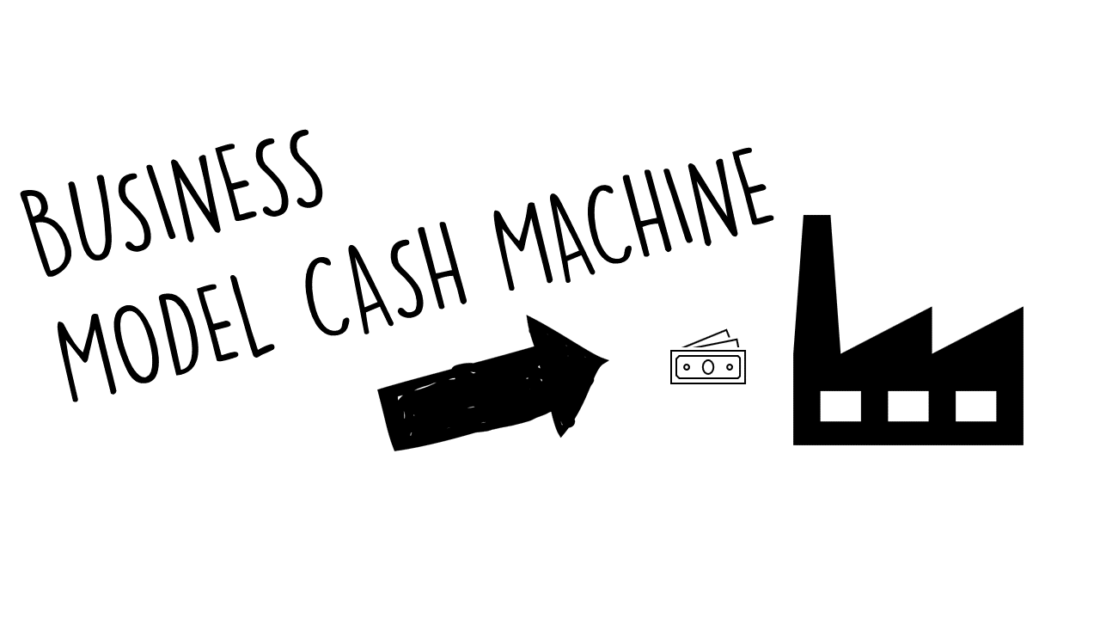Introduction: Understanding the Power of PayPal in Business
PayPal has become a household name in the world of online payments, and its significance in the business world cannot be overstated. With over 377 million active users worldwide, PayPal has revolutionized the way businesses operate and conduct transactions. It offers a secure and convenient platform for businesses of all sizes to send and receive payments, manage finances, and expand their customer base.
One of the key benefits of PayPal for businesses is its ability to streamline payment processes. With PayPal, businesses can accept payments from customers around the world, regardless of their location or currency. This opens up new opportunities for businesses to reach global markets and tap into a larger customer base. Additionally, PayPal offers a range of tools and features that can help businesses enhance their revenue generation and automate various business processes.
Leveraging PayPal: A Key to Creating a Successful Business Model
In today’s competitive business landscape, creating a sustainable and profitable business model is crucial for success. PayPal can play a key role in helping businesses achieve this goal. By offering a secure and convenient payment platform, businesses can build trust with their customers and encourage repeat purchases.
Many successful businesses have leveraged PayPal effectively to create a successful business model. For example, online marketplaces like eBay and Etsy have integrated PayPal into their platforms, allowing buyers and sellers to transact seamlessly. This has helped these businesses attract more customers and increase sales.
Another example is subscription-based businesses like Netflix and Spotify, which use PayPal to manage recurring payments from their subscribers. By offering PayPal as a payment option, these businesses have made it easy for customers to sign up and pay for their services, resulting in steady revenue streams.
Setting Up Your PayPal Account: A Step-by-Step Guide
Setting up a PayPal account for your business is a straightforward process. Here is a step-by-step guide to help you get started:
1. Go to the PayPal website and click on the “Sign Up” button.
2. Choose the type of account you want to create – either a personal account or a business account.
3. Fill in your personal information, including your name, email address, and password.
4. Provide your business information, such as your business name, address, and phone number.
5. Link your bank account or credit card to your PayPal account for easy fund transfers.
6. Verify your email address by clicking on the link sent to your inbox.
7. Customize your account settings, such as payment preferences and security options.
When setting up your PayPal account, it is important to optimize your account settings for maximum security and convenience. Enable two-factor authentication to add an extra layer of protection to your account. Set up automatic withdrawal to transfer funds from your PayPal account to your bank account regularly. And customize your payment preferences to suit your business needs, such as accepting payments in different currencies.
Integrating PayPal into Your Website: Boosting Revenue through Online Sales
Integrating PayPal into your website is a crucial step in boosting revenue through online sales. By offering PayPal as a payment option, you can provide a seamless and secure checkout experience for your customers, leading to higher conversion rates and increased sales.
To integrate PayPal into your website, follow these steps:
1. Log in to your PayPal account and navigate to the “Merchant Services” section.
2. Choose the type of integration that suits your website – whether it’s a shopping cart integration or a custom integration.
3. Follow the instructions provided by PayPal to integrate their payment buttons or APIs into your website.
4. Test the integration by making a test purchase on your website to ensure everything is working correctly.
By integrating PayPal into your website, you can offer customers a variety of payment options, including credit cards, debit cards, and PayPal balance. This flexibility can help attract more customers and increase sales. Additionally, PayPal offers buyer protection, which can give customers peace of mind when making purchases on your website.
Accepting Payments: Maximizing Revenue Streams with PayPal
Accepting various payment methods through PayPal can help businesses maximize their revenue streams. By offering customers multiple ways to pay, businesses can cater to different preferences and increase the likelihood of completing a sale.
PayPal allows businesses to accept payments through credit cards, debit cards, bank transfers, and even PayPal Credit. By enabling these payment options, businesses can reach a wider audience and make it easier for customers to purchase their products or services.
In addition to accepting one-time payments, businesses can also set up recurring payments and subscriptions through PayPal. This is particularly useful for businesses that offer subscription-based services or products. By setting up recurring payments, businesses can ensure a steady stream of revenue and improve customer retention.
Expanding Your Customer Base: Using PayPal to Reach Global Markets
One of the biggest advantages of using PayPal for business is its ability to help businesses expand their customer base globally. With PayPal, businesses can accept payments from customers around the world, regardless of their location or currency.
To sell internationally and accept different currencies through PayPal, follow these tips:
1. Enable multi-currency support in your PayPal account settings.
2. Set up pricing in different currencies on your website or online store.
3. Clearly communicate to customers that you accept international orders and payments.
4. Consider offering localized payment options, such as local bank transfers or alternative payment methods popular in specific countries.
By leveraging PayPal’s global reach, businesses can tap into new markets and attract customers from different parts of the world. This can lead to increased sales and revenue growth.
Streamlining Operations: Automating Business Processes with PayPal
In addition to its payment capabilities, PayPal can also help automate various business processes, saving time and improving efficiency. For example, businesses can use PayPal’s invoicing feature to create and send professional invoices to their customers. This eliminates the need for manual invoicing and reduces the risk of errors.
PayPal also offers inventory management tools that can help businesses keep track of their stock levels and automatically update inventory when a sale is made. This streamlines the order fulfillment process and ensures accurate inventory records.
Furthermore, PayPal can integrate with popular accounting software, such as QuickBooks and Xero, allowing businesses to automatically sync their PayPal transactions with their accounting system. This simplifies the financial management process and reduces the need for manual data entry.
Utilizing PayPal’s Tools and Features: Enhancing Revenue Generation
PayPal offers a range of tools and features that can help businesses enhance their revenue generation. Here are some key features to consider:
1. PayPal Here: This mobile card reader allows businesses to accept in-person payments using their smartphones or tablets. It is particularly useful for businesses that operate at events or have a physical storefront.
2. PayPal Checkout: This feature allows businesses to offer a streamlined checkout experience on their website, reducing cart abandonment rates and increasing conversion rates.
3. PayPal Credit: By offering PayPal Credit as a payment option, businesses can give customers the flexibility to pay over time, potentially increasing average order values and driving more sales.
4. PayPal Marketing Solutions: PayPal offers marketing tools, such as email marketing and promotional financing, that can help businesses attract new customers and drive repeat purchases.
By utilizing these tools and features, businesses can enhance their revenue generation and stay ahead of the competition.
Managing Finances: Tracking and Analyzing Revenue with PayPal
PayPal provides businesses with robust reporting and analytics tools that can help them track and analyze their revenue. By leveraging these tools effectively, businesses can gain valuable insights into their financial performance and make data-driven decisions.
PayPal’s reporting tools allow businesses to generate detailed transaction reports, view sales trends, and track key metrics such as average order value and conversion rate. This information can help businesses identify areas for improvement and optimize their sales strategies.
Additionally, PayPal offers integration with popular accounting software, making it easy to export transaction data and reconcile it with other financial records. This streamlines the financial management process and ensures accurate and up-to-date financial reporting.
By tracking and analyzing revenue with PayPal, businesses can gain a deeper understanding of their financial performance and make informed decisions to drive growth.
Case Studies: Real-Life Examples of Businesses that Have Thrived with PayPal
To illustrate the power of PayPal in helping businesses succeed and thrive, let’s look at some real-life case studies:
1. Warby Parker: This online eyewear retailer offers PayPal as a payment option on their website. By doing so, they have made it easy for customers to purchase their products, resulting in increased sales and customer satisfaction.
2. Airbnb: This popular vacation rental platform uses PayPal to handle payments between hosts and guests. By leveraging PayPal’s secure payment platform, Airbnb has built trust with its users and facilitated millions of transactions worldwide.
3. Patreon: This crowdfunding platform uses PayPal to manage recurring payments from its patrons. By offering PayPal as a payment option, Patreon has made it easy for creators to receive ongoing support from their fans, resulting in a steady stream of revenue.
These case studies highlight the diverse ways in which businesses can leverage PayPal to grow their revenue and customer base. By learning from these examples, businesses can apply similar strategies to their own operations and achieve similar success.
Conclusion: The Power of PayPal in Business
In conclusion, PayPal has become an indispensable tool for businesses of all sizes. Its secure and convenient payment platform, along with its range of tools and features, can help businesses create a successful business model, boost revenue through online sales, expand their customer base globally, streamline operations, enhance revenue generation, and manage finances effectively.
By understanding and harnessing the power of PayPal, businesses can position themselves for success in today’s digital economy. Whether it’s a small online store or a multinational corporation, PayPal offers the tools and capabilities to help businesses thrive and grow. So, if you haven’t already, it’s time to leverage the power of PayPal and take your business to new heights.




